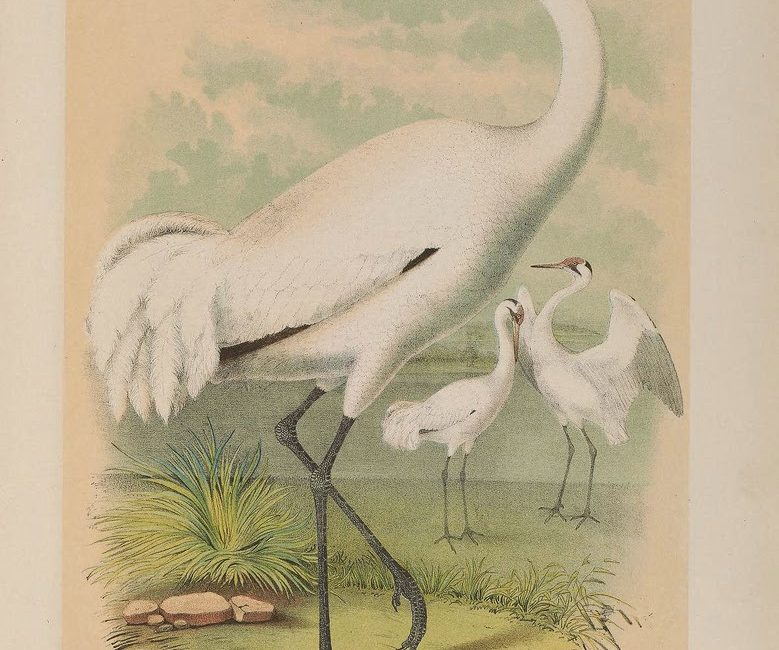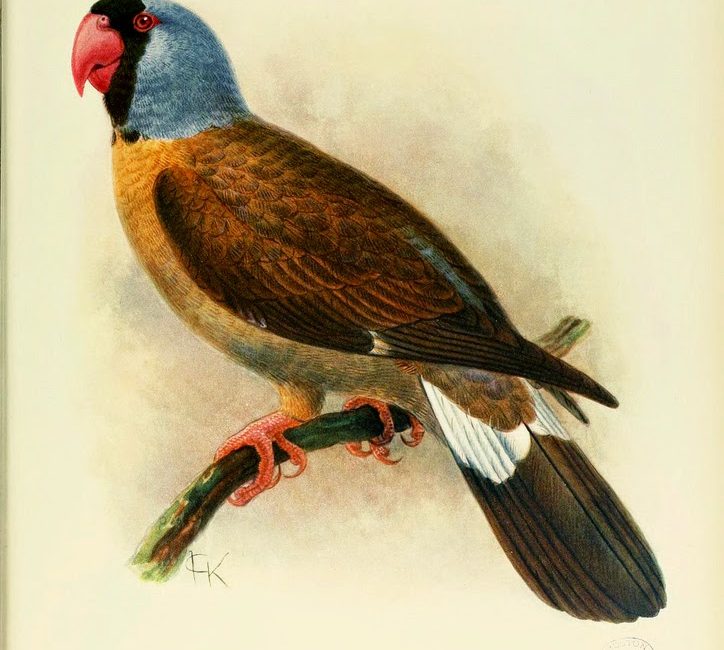The Hispaniolan solenodon is a unique, and at first glance somewhat peculiar, animal. Even its scientific name conveys the unusualness of the species — Solenodon paradoxus.
One of two extant solenodon species (the other being the Cuban solenodon), the Hispaniolan solenodon is found only in Haiti and the Dominican Republic. It, like its Cuban counterpart, is endangered.
As members of the mammalian Order Eulipotyphla, which includes insectivores such as shrews, hedgehogs, and moles, solenodons diverged from all other living mammals over 70 million years ago. They are only found in the Caribbean, making them an important priority for the conservation of evolutionary diversity. This long history means that they have survived countless extinction events and only today are threatened.
Dr. Alexis Mychajliw (Postdoctoral Research Fellow at the La Brea Tar Pits & Museum of the Natural History Museum of Los Angeles County) has been studying the Hispaniolan solenodon as part of her research on Caribbean mammals for more than five years. Much of her work has focused on flipping the narrative of the Hispaniolan solenodon from endangered weirdo to resilient survivor.













